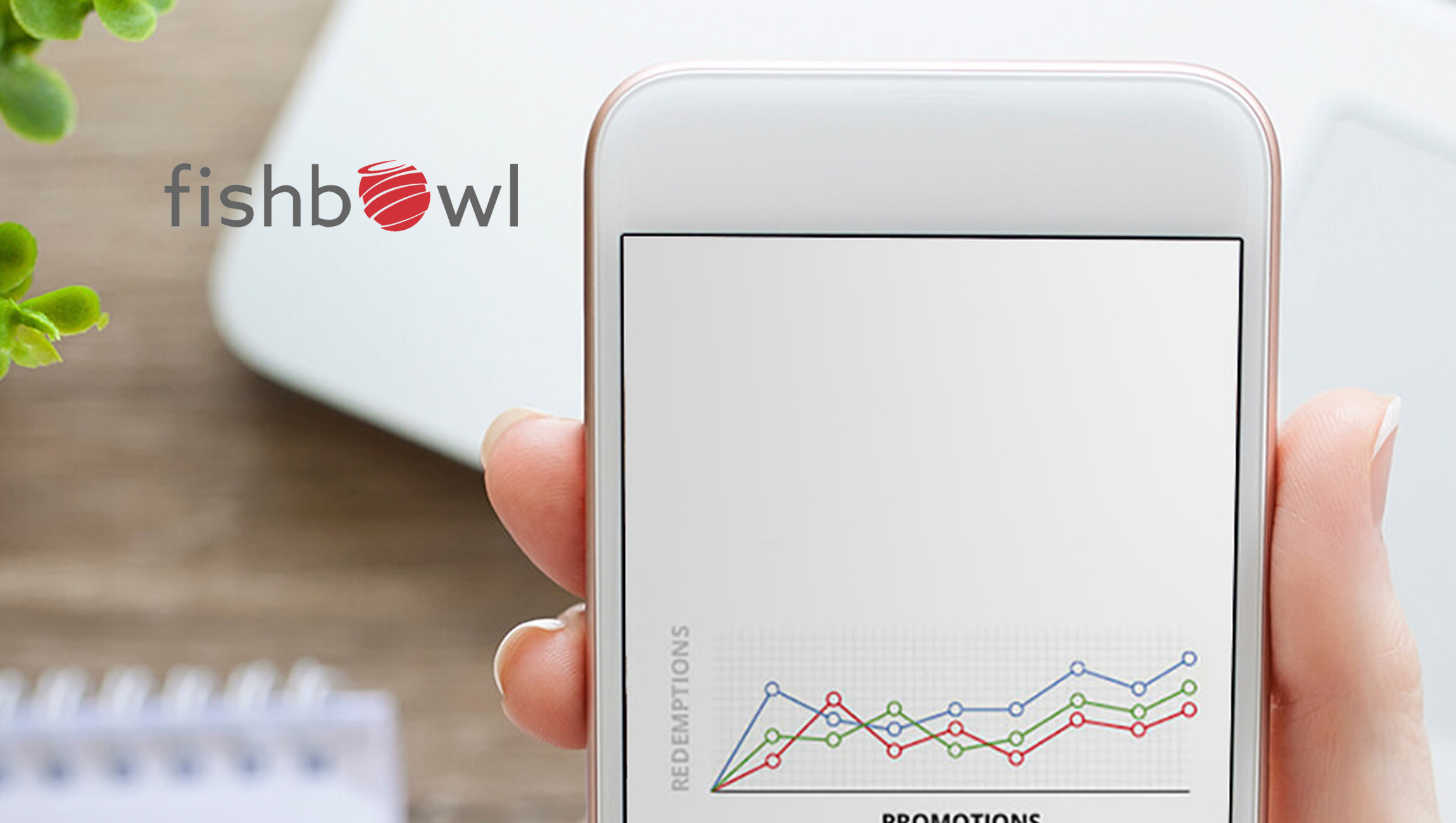 Our inboxes are overflowing with emails. On average, we send and receive a staggering 115 emails every day. Due to the proliferation of new digital technologies, we are communicating more quickly and with more people than ever before.
Our inboxes are overflowing with emails. On average, we send and receive a staggering 115 emails every day. Due to the proliferation of new digital technologies, we are communicating more quickly and with more people than ever before.
It’s no longer realistic to assume that we can wholly read and appropriately respond to every email that hits our inbox. We need a way to better manage and organize our digital communication.
Enter natural language processing (NLP). NLP, a field of artificial intelligence (AI), is a method of analyzing human speech and text and understanding it. The objective of NLP is to bridge the gap between how humans communicate and what a computer can understand.
The history of NLP dates back to the 1950s when Alan Turing proposed a simple test (the “Turing Test”) to determine whether a machine can be considered “intelligent” and exhibit behavior indistinguishable from that of a human.
Today, the applications of NLP are widespread. NLP powers Facebook Messenger, the Google search platform, Amazon recommendations, and Apple’s Siri virtual assistant.
Also Read: Affinity Solutions and NinthDecimal Enable Retailers to Measure Campaign Effectiveness
One of the earliest applications of NLP for email management was spam detection. Spam filters leverage NLP as the first line of defense against unwanted email. According to Statistica, spam emails accounted for approximately 60% of all email traffic worldwide in 2016.
By learning specific punctuation marks (e.g., “!”) and keywords (e.g., “free”) commonly used in spam emails, NLP can automatically detect and filter spam emails. It saves us time by allowing us to bypass unimportant (and annoying) emails.
When it comes to email management, NLP can serve as a personal assistant for us by automatically extracting important meaning from emails–without us needing to read them word for word.
1. Email Sorting
NLP can help us classify and sort our emails into appropriate “buckets”. NLP can assist users in categorizing emails in a way that is most relevant to them.
I asked Jeremy Fiance, Managing Partner at the University of California’s House Fund, about his ideal classification scheme. For him, it would be particularly game-changing if NLP could automatically sort his emails according to workflow type–“team comms”, “dealflow”, “portfolio companies”, etc.
2. Insight Surfacing
We can’t possibly recall the contents of all the emails we receive. NLP does the heavy lifting for us by extracting patterns and surfacing key insights.
Investors, for example, can leverage NLP to track references to specific companies, technologies, and markets. This enables them to gain insight into potentially relevant upcoming events such as acquisitions, new competitor entrances, and up-and-coming startups.
3. Contact Data Extraction
NLP is an efficient means of extracting important contact data from emails, in turn eliminating the need for manual data entry. NLP can be used to extract full names, email addresses, phone numbers, physical addresses, and other information from email text.
With Affinity’s automatic data capture, contact details are instantly populated with accurate and up-to-date contact information.
Also Read: Why Every Marketer Needs to Focus on Conversations in 2018
4. Intent Determination
NLP assists us in discerning an email sender’s underlying intent. For example, it can be used to predict a sales prospect’s specific buying propensity.
Consumers use different words, phrases, and sentence structures depending on where they are in the buying cycle. While they tend to use interrogatives such as “who”, “what”, and “why” in the early stages, they are more apt to use verbs in later stages.
NLP can help us prioritize email responses–it’s likely more important to attend to a customer with a high buying propensity compared to a passive information-seeking consumer.
5. Sentiment Analysis
NLP also helps us determine the emotional tone embedded in an incoming email. NLP techniques classify keywords and phrases according to whether they contain specific positive, neutral, or negative sentiments.
Using NLP, we can keep tabs on the strengths of our relationships. Affinity, for example, leverages the sentiment analysis capabilities of NLP to alert users of at-risk relationships that warrant immediate attention.
The process of reading and answering emails eats away 28 percent of our workweek. At Affinity, we’re dedicated to liberating our users from the shackles of their inboxes. Affinity’s platform is powered by the latest developments in NLP.
Recommended Read: The Flow Bot Builder: An Uncompromising Approach To Bot Building











